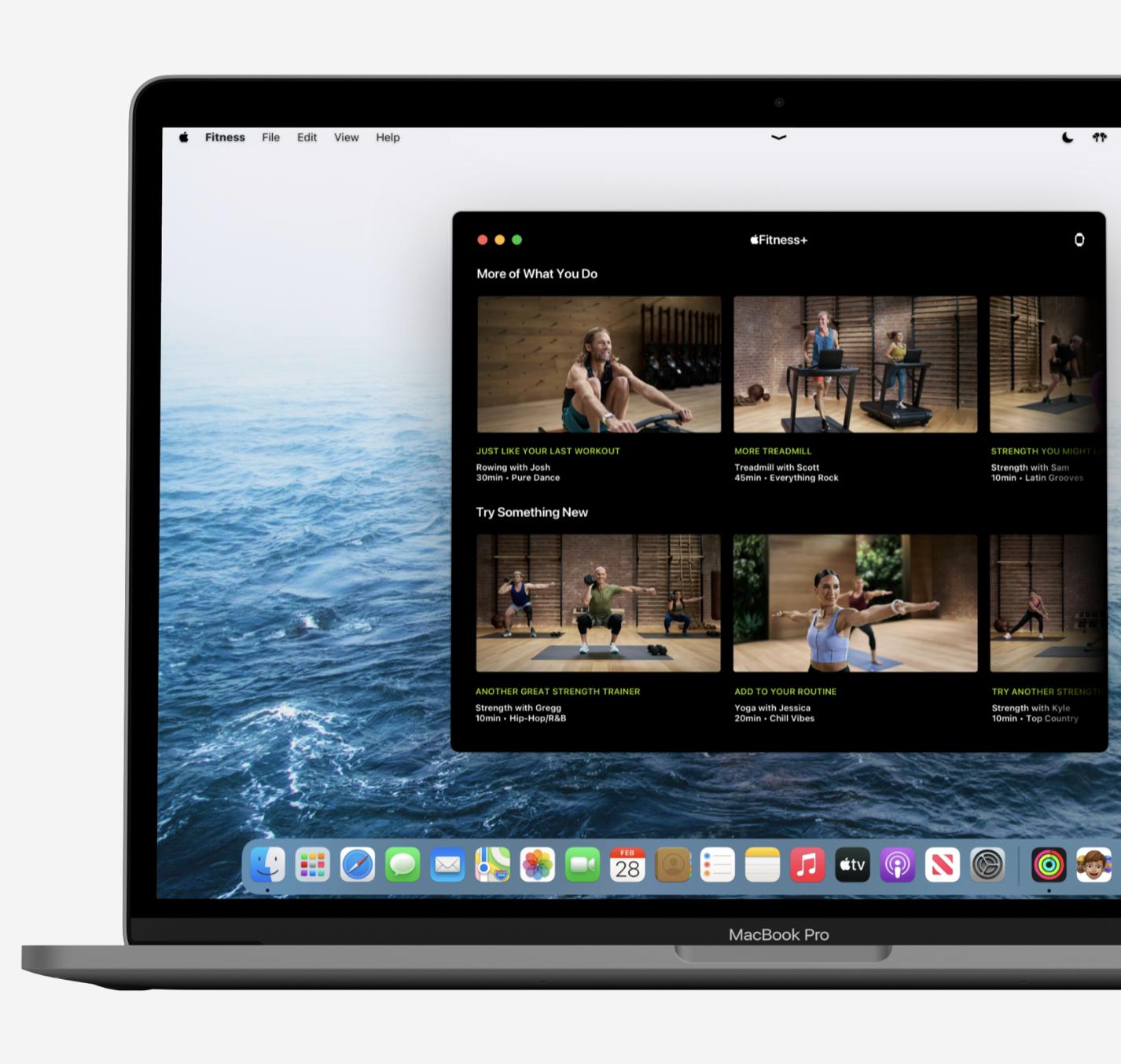


#Mac os docker where are volumesd mac os x#
In Mac OS X it is a bit tricky as Mac runs the Mobby VM in the sandbox environment and there is no easy way that you can browse to the folder the way you can do in Windows operating system. it will automatically mount and map them all.ĭocker run -dit -volumes-from 887f359a6a77 $ docker inspect 64131192e38f9b5abdc | jq '. You can easily browse to this folder in Windows operating system to see mydatabase created in the above steps. # now I can create a new container and refer to the volumes in the previous container. "Source": "/var/lib/docker/volumes/my-data-volume/_data",

# even though the container has exited I can see it still has a reference to this volume $ docker run -dit -mount type=volume,source=my-data-volume,target=/my-configs alpine # create a new container and mount a volume in it If one were to mount an empty volume to a path which has data in a container, the data in that path is copied into this empty volume (and any further changes are of course stored in this volume). In the case of volumes either switch simply creates the volume if it does not exist.īetween volumes and bind-mounts there’s one more difference to keep in mind (irrespective of the -v or -mount switches). This is because traditionally the -v switch created a directory and that behaviour can’t be changed now. If the source file or directory does not exist, the -v switch silently creates a new directory while the -mount switch throws an error. The two switches behave similarly except for one difference when it comes to bind-mounts. With the -mount switch one can be more explicit. The former is the old way, the latter is the new and preferred way. 1.12.0 Since version 1.12 you dont need to have a separate VM to be installed, as Docker can use the native amework functionality of OSX to start up a small Linux machine to act as backend. There’s two ways to mount a bind-mount or volume into a container – using a -v (or -volume) switch or using a -mount switch. While the docker binary can run natively on Mac OS X, to build and host containers you need to run a Linux virtual machine on the box. Not sure how it’s on Windows as I haven’t tried Docker on Windows yet). For macOS Docker runs inside a Linux VM on macOS, so the volume path shown won’t be a path on the macOS file system but will be something in the Linux VM and we can’t access that directly. The entire demo is published as a playbook, and you can create your own playbooks too.ĭeploykit - A toolkit for creating and managing declarative, self-healing infrastructure.As you can see Docker created a folder under /var/lib/docker/volumes and that’s what will get mounted into the container. It demonstrates some of the key concepts and components in InfraKit and shows how InfraKit can be used to implement an integrated workflow from custom OS image creation to cluster deployment and Day N management. We then deploy the same OS image to a bare-metal ARM server running on, where the server uses custom ipxe boot directly from the localhost.
#Mac os docker where are volumesd update#
Later, after the custom OS image has been updated with a new public key, InfraKit detects the change and orchestrates a rolling update of the nodes. A cluster of 3 servers booted up in seconds. We then deployed a cluster of virtual machine instances on a local Mac laptop using the Mac Xhyve hypervisor (HyperKit). In this video, InfraKit was used to build a custom linux operating system (based on linuxkit). InfraKit therefore provides infrastructure support for higher-level container orchestration systems and can make your infrastructure self-managing and self-healing. These components work together to actively ensure the infrastructure state matches the user's specifications. With an emphasis on immutable infrastructure, it breaks down infrastructure automation and management processes into small, pluggable components. InfraKit is a toolkit for infrastructure orchestration. Infrakit - A toolkit for creating and managing declarative, self-healing infrastructure.


 0 kommentar(er)
0 kommentar(er)
